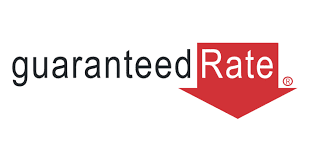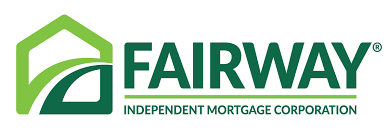Lender LendingTree rating and “best of” category Lender review


Refinance loansRead our review


VA loansRead our review


Jumbo loansRead our review


Online mortgage experienceRead our review


FHA loansRead our review


Home equity loansRead our review


Mortgage loan varietyRead our review
![]() Learn more about how we chose our list of the best mortgage lenders.
Learn more about how we chose our list of the best mortgage lenders.
Like most states, Maryland has regulations in place to help homeowners.
With a judicial foreclosure, lenders rely on courts to handle the sale of the home, and homeowners often benefit from the many notifications (and sometimes mediation) they are entitled to receive. In non-judicial foreclosures, lenders and borrowers generally resolve differences without court oversight.
During a non-judicial foreclosure in Maryland, a court is only required to ratify the home’s final sale. Homeowners should know that if the sale of a foreclosed home in Maryland doesn’t entirely pay off the mortgage, a lender can file a deficiency claim to force them to repay the remaining balance.
In Maryland, the state imposes both a recordation tax and a transfer tax when homes are sold, and some counties also require an additional transfer tax. In many cases, the taxes are split evenly between the buyers and sellers.
The state recordation tax is 0.69% on the first $500,000 of a home’s purchase price, plus an additional 0.1% on the amount of purchase price exceeding $500,000. The state transfer tax is 0.5% of the sales price, but if the buyer is a first-time homebuyer, that rate is reduced to 0.25% and is entirely payable by the seller. County transfer taxes range from zero to 1.5% of the sales price. Your mortgage lender is responsible for providing the exact amount you might owe for these taxes as part of the loan estimate you’ll receive once you’ve identified a home for purchase.
Maryland has one of the highest average property tax rates in the country. Property taxes are calculated based on a rate set by each county and the property’s assessed value. According to Tax-Rates.org, the average annual property tax across the state is now 0.87% of a home’s assessed value. That means the median property tax is currently about $2,770, based on a median home value of $318,600.
Some Maryland residents, depending on their income, are eligible to receive a credit on a portion of the property tax they pay. You can find more information about the state’s property tax credit program here. The state also offers potential property tax exemptions for veterans who are permanently disabled, surviving spouses of disabled veterans or those killed in the line of duty, and homeowners who are legally blind.
Conforming loan limits in Maryland vary by county, according to the local cost of housing, and range from $484,350 to $726,525 for a one-unit home. The limits refer to the maximum amount a homebuyer can borrow without switching to a nonconforming loan, also known as a jumbo loan. Half of counties in Maryland currently have the lower conforming loan limit, while five counties that surround Washington, D.C., have the upper limit.
Conforming loans are important because they meet guidelines and limits established by the federal government for Fannie Mae and Freddie Mac, two government-sponsored enterprises that work to make the mortgage market more stable and affordable. Conforming loans generally offer the best interest rates for buyers with good credit; jumbo loans are generally considered to be riskier and tend to come with higher interest rates.

The state of Maryland, through the Maryland Mortgage Program (MMP), offers homebuyer assistance programs that can help some buyers receive a low-interest mortgage, pay down payment and closing costs, and receive a federal tax credit for a portion of their mortgage interest. Some counties, such as Montgomery County, and cities, such as Baltimore, also provide assistance to qualified buyers. Check county and city websites to see what they offer, and read on for more about three of the statewide programs available through MMP.
The 1st Time Advantage loan program offers several options for providing first-time homebuyers with an affordable, 30-year, low-interest-rate mortgage; two of the options also provide down payment help either in the form of a $5,000 loan or a second, zero-percent, deferred-payment loan equal to 3% of the home’s value.
The program has income limits based on the size of your household and your location. Applicants may also be required to complete an approved homebuyer education course.
The Maryland SmartBuy program helps homebuyers pay off their student debt while using a Maryland Mortgage Program loan to buy a home at the same time; the debt is wrapped into the mortgage. Buyers generally use the loan to purchase a move-in-ready home owned by the state of Maryland. However, for a limited time, Maryland is now offering a program that can be used to buy any home in the state that meets MMP guidelines.
To qualify for a SmartBuy loan, buyers must have a minimum of $1,000 in student loans. They may finance student loan debt of up to 15% of the home’s purchase price, for a maximum amount of $40,000. The student loan debt needs to be paid off at the time of the home’s closing.
The Partner Match program offers down payment assistance (up to $2,500) in the form of a zero-percent, deferred-payment loan. The loan is available to buyers who are using either a MMP 1st Time Advantage or Flex 5000 mortgage to buy a home and are receiving down payment assistance from a partner organization. These may include employers, builders, community organizations and local governments.